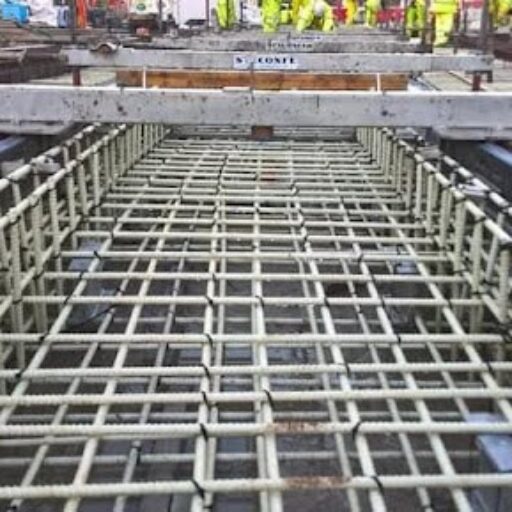Today, speed and sustainability are two key drivers in construction practices, especially as the industry expands and modular construction becomes a preferred choice. Since modular construction involves the creation of structural components off-site in a controlled environment before assembling them on-site, it is natural that this process requires materials that favour ease of installation, transportability, and strength. This is where Glass Fiber Reinforced Polymer (GFRP) comes into play as a game-changer in the intersection of material innovation and modular design.
Modular construction drastically reduces construction time, minimizes waste, and ensures better quality control, making GFRP Rebar a perfect fit for this.
Here is more on how it can be used efficiently for modular construction.
1. Speedy Assembly and Lightweight Design
One of the standout features of GFRP Rebar is its low weight, which is about 1/4th lighter than steel. This significantly reduces the overall weight of the pre-fabricated modules for a construction structure, in turn, making transport and on-site handling faster and easier. Lighter modules also need lesser labour efforts and lower installation costs.
2. Durability Without Compromise
In infrastructure projects, especially in high-moisture or chemically aggressive environments, corrosion is a costly and recurring issue. GFRP Rebar is naturally non-corrosive, extending the service life of modular units without frequent maintenance or replacement.
3. Design Flexibility and Customization
Modular units often need customizations to meet different load-bearing requirements. GFRP Rebar can be custom-made in shape, size, length, and diameter to meet specific design needs, lending engineers and architects immense design flexibility.
4. Better Compatibility with Precast Units
Precast concrete elements are central to modular construction. GFRP rebars are highly compatible with concrete and don’t cause expansion due to rust, unlike steel. This increases the dimensional stability of precast components during storage, transport, and installation.
5. Sustainability and Lower Carbon Footprint
The production of GFRP rebar consumes less energy than steel, and its lighter weight means reduced transportation emissions. This naturally aligns well with infrastructure projects that need environmental impact.
As the infrastructure industry shifts toward faster, greener, and more efficient construction methods, GFRP Rebar emerges as a key catalyst to facilitate this change. Its compatibility with modular construction techniques furthermore makes it a game-changer in the construction industry not only for today but also for tomorrow.
Also Read –

